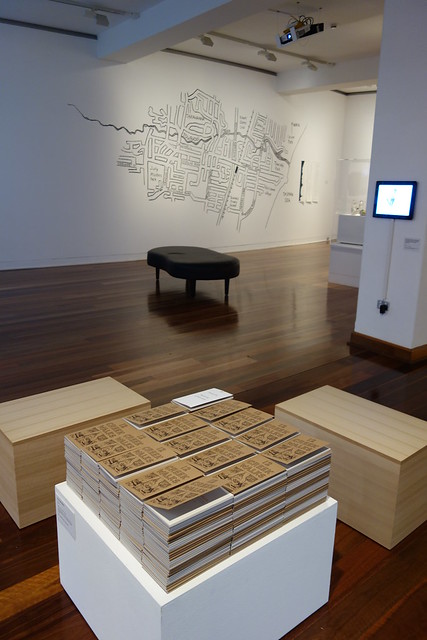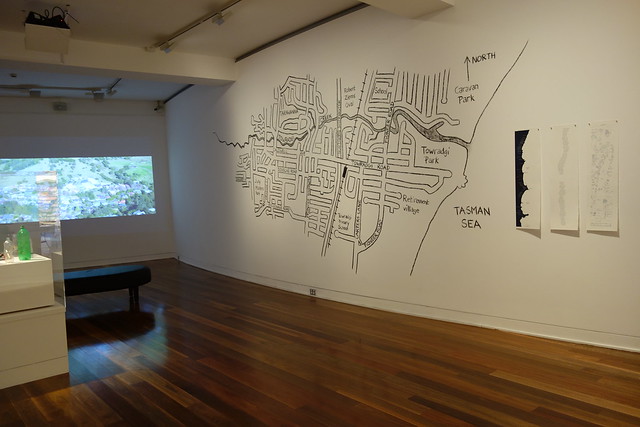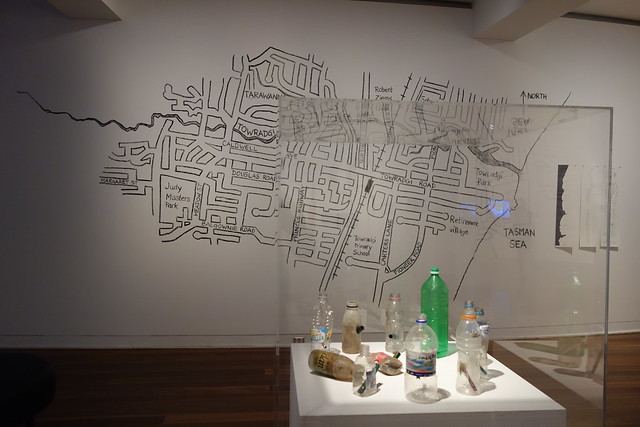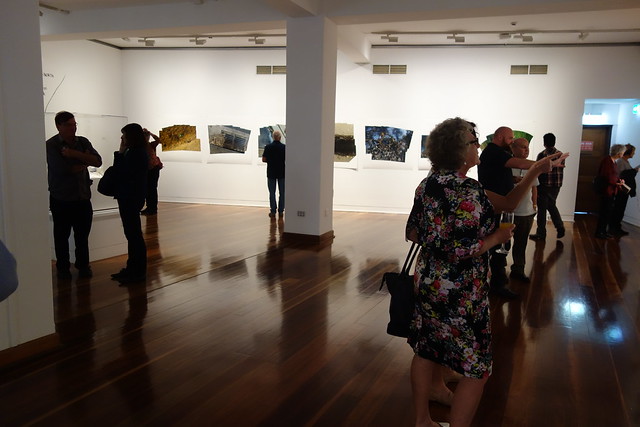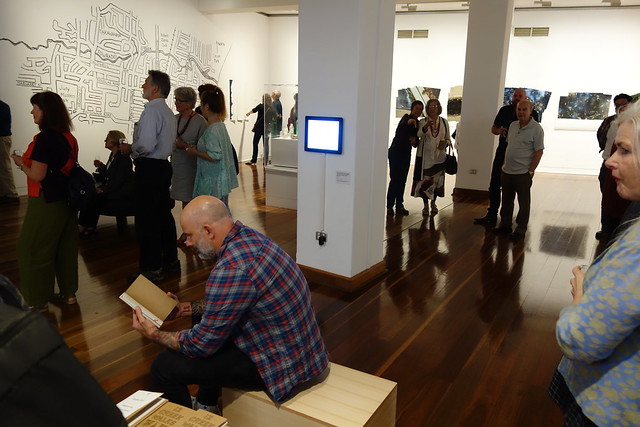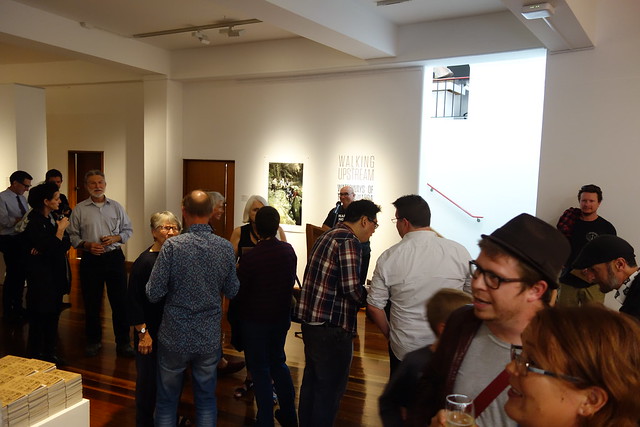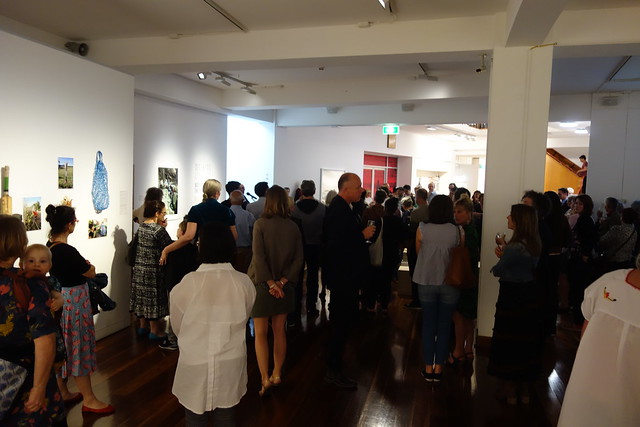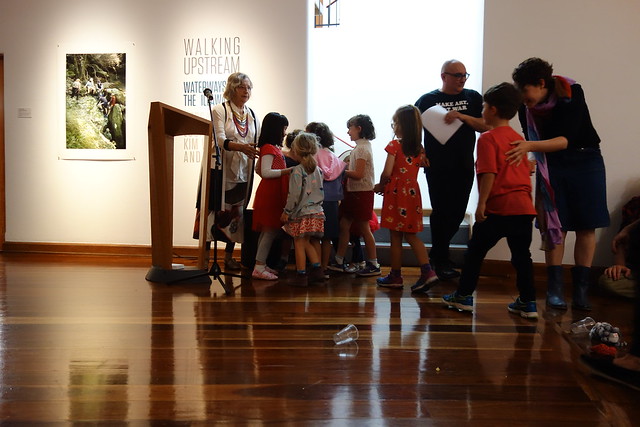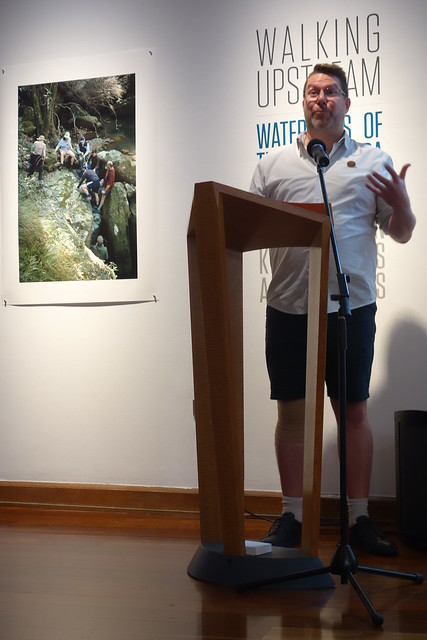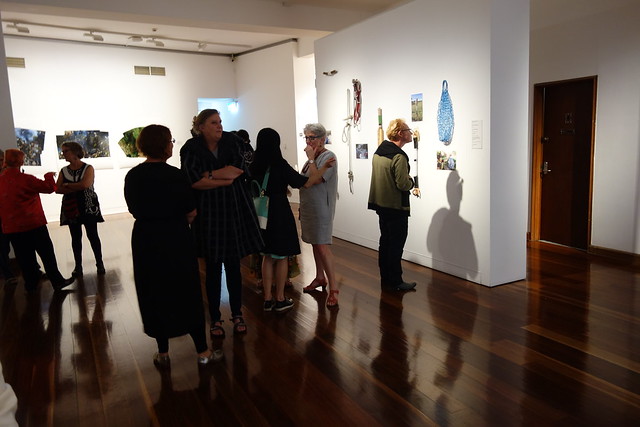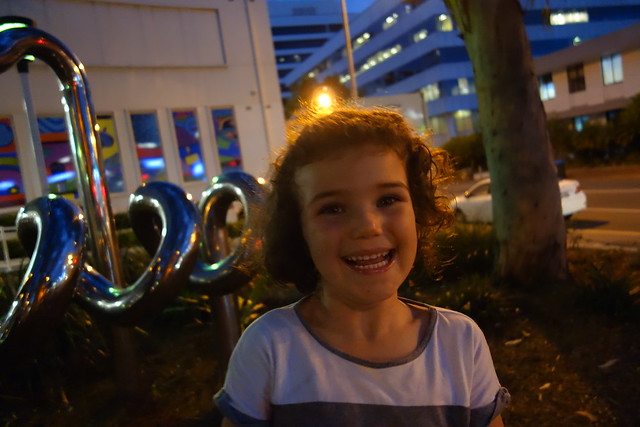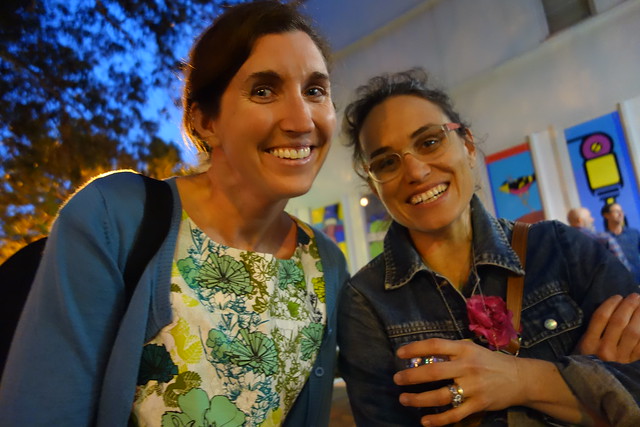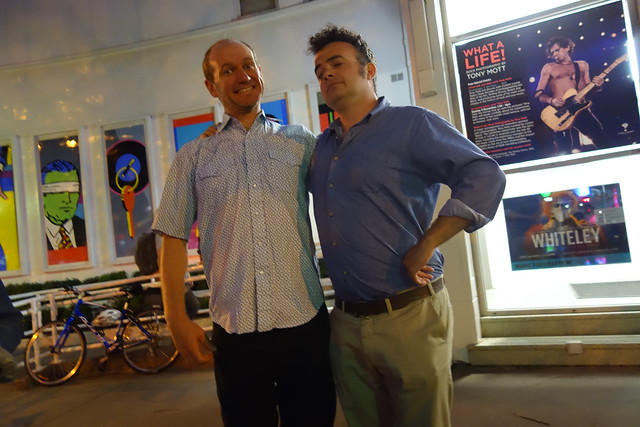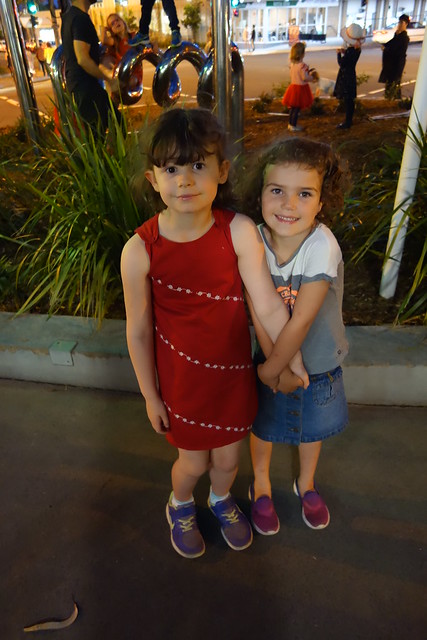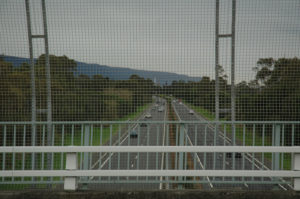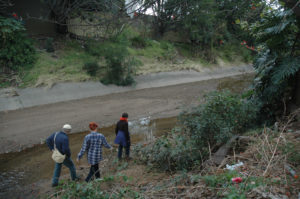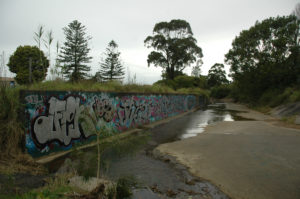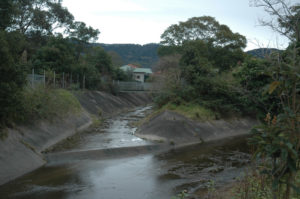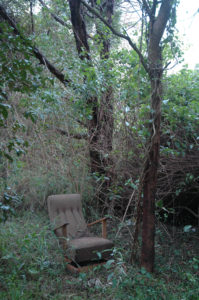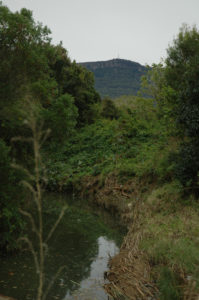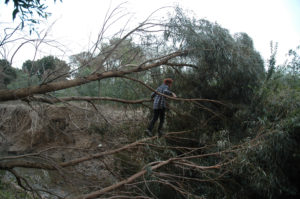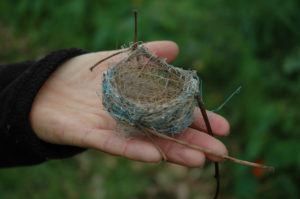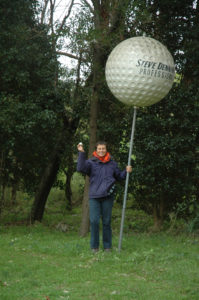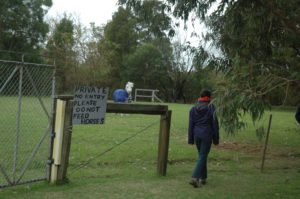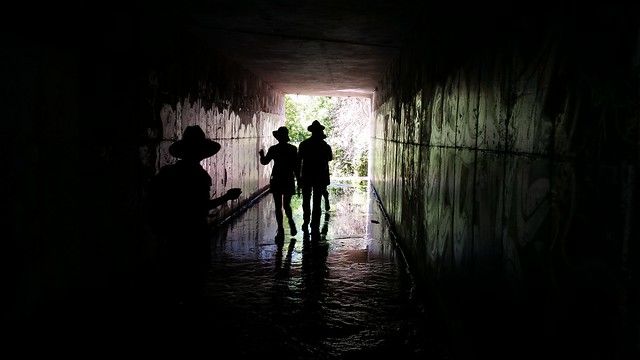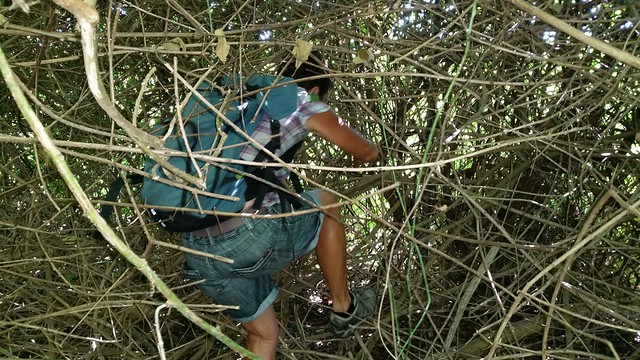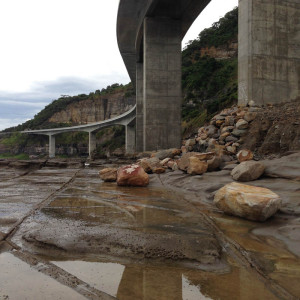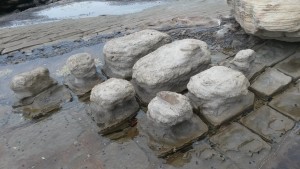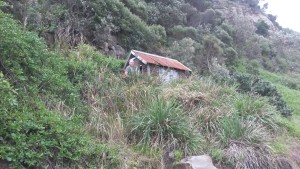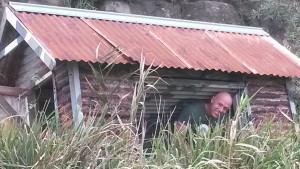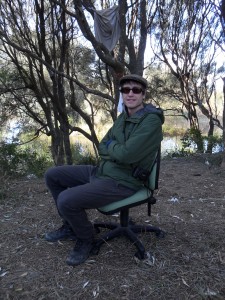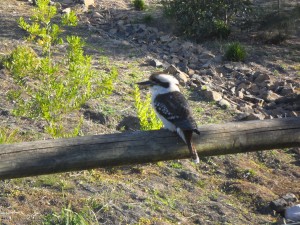Walkers: Shaz, Trevor (Hong Kong), Lucas, Kim
Today we planned to walk a section of American Creek, from the bottom of O’Briens Rd Figtree up to the top of the creek near the Mt Kembla summit. This involved some elaborate car shuffling: we parked two cars at the Mt Kembla summit carpark, then all got in the third car and drove back down to the bottom of O’Briens Rd. I chose this section, as I often walk the tracks in Mt Kembla and have been aware of American Creek, as it runs alongside and criss-crosses Cordeaux Rd, which is the route up through Mt Kembla village to the summit carpark. Also I wanted us to end the day with a walk up the summit track to the splendid vista at the Mt Kembla lookout.
American Creek flows into Allans Creek, not far inland from the steelworks. Allans Creek is the emptying stream for a number of creeks and it runs out to sea through the steelworks. I hope we can walk the section between Allans Creek junction and O’Briens Rd in the near future; looking at Google maps, this may involve large detours away from the creek.
Picking up the creek from the Princes Highway/O’Briens Rd junction, we fairly soon crossed a footbridge to the southern side of the creek. There is quite a lot of open green space in this section, so the going is easy. Here the creek is a deep, wide cut through the surrounding land, with steep banks. At present there is water flowing along the bottom of the creek. The profile of the creek suggests that there are big flows at times. It looks like there had been a fair bit of erosion from the recent rains. There is a distinct floodplain around this waterway and the grass is spongy with damp soil underfoot.
We found a discarded brazier in the bush, so earmarked it to collect on the way back, to be used for Lizzie’s 40th birthday celebrations. It was in good condition. Fairly soon our way was blocked by an electric fence bordering a paddock, so we skirted around it, along the back of Figtree Private Hospital. After walking through the grounds of a nursing home, we were back on the floodplain. There were a couple of private vegie patches on the floodplain – discreet colonisation of the spacious public land and a practical use of the rich alluvial soil. A man was tending one of the vegie patches. It was fenced to keep the feral deer out and it had a charming windmill ornament made from tennis ball canisters. We stopped to chat and he told us that the flooplain gets a drenching on average once a year from flooding. He also suggested that we turn along Brandy and Water Creek instead of following American Creek. In his view Brandy and Water Creek promised a more pleasant, bucolic experience than the suburban environment that American Creek runs through. He promised that the Brandy and Water walk was also highlighted by a waterfall further upstream, though he had never been there.
A decision had to be made. At the junction of the two creeks, Lucas and I played rock, paper, scissors. This went in favour of Brandy and Water Creek. We headed north west along this creek, also bounded by fairly open space along its lower reaches. Soon the creek runs along the back of the hitherto unknown (to me) suburb of Nareena Hills. The houses are quite large and there is a new development of even larger houses on the western side of the creek. Trevor, who is visiting Australia from Hong Kong, asked me if the owners of the houses are rich. I said that they may not be rich, but they would be ‘comfortable’.
Eventually the open land closed in. We took a foot track through a thick stand of coral trees and were eventually stopped by the size and number of thorns. Deer clearly inhabit this area. Aside from the numerous deer footprints, we encountered the stench and corpses of two deer today. Brandy and Water Creek, though not without some rubbish and pollution, was in some ways one of the cleaner-looking creeks we’ve walked.
We didn’t reach the fabled waterfall, turning back to make time to drive up to the Mt Kembla summit track and walk to the lookout in the early evening. The sun was setting, leaving a soft pink hue across the sky over the horizon. Lucas wrote a haiku in the visitors’ book at the summit. We picked our way back down the track in the near dark.

